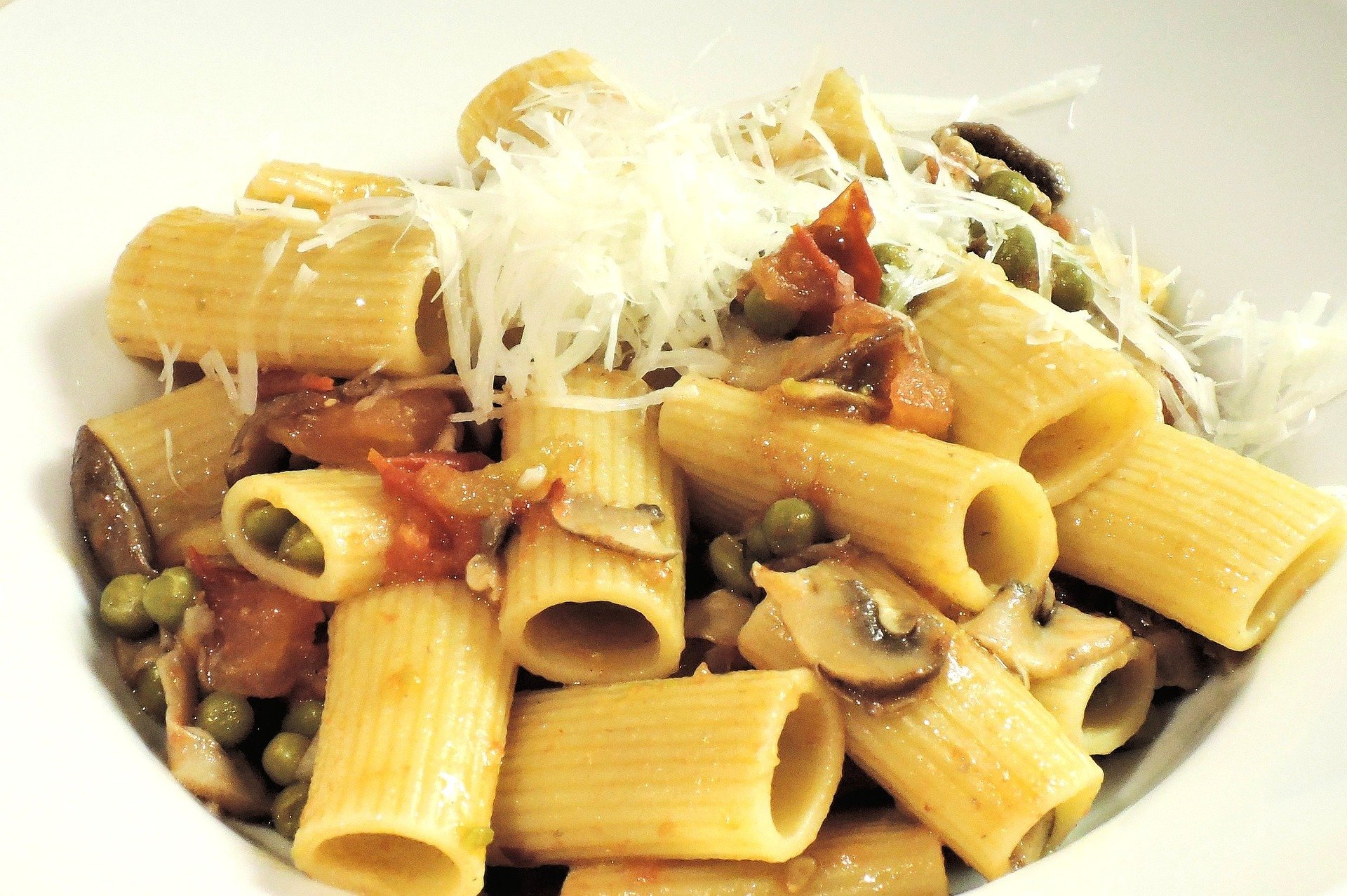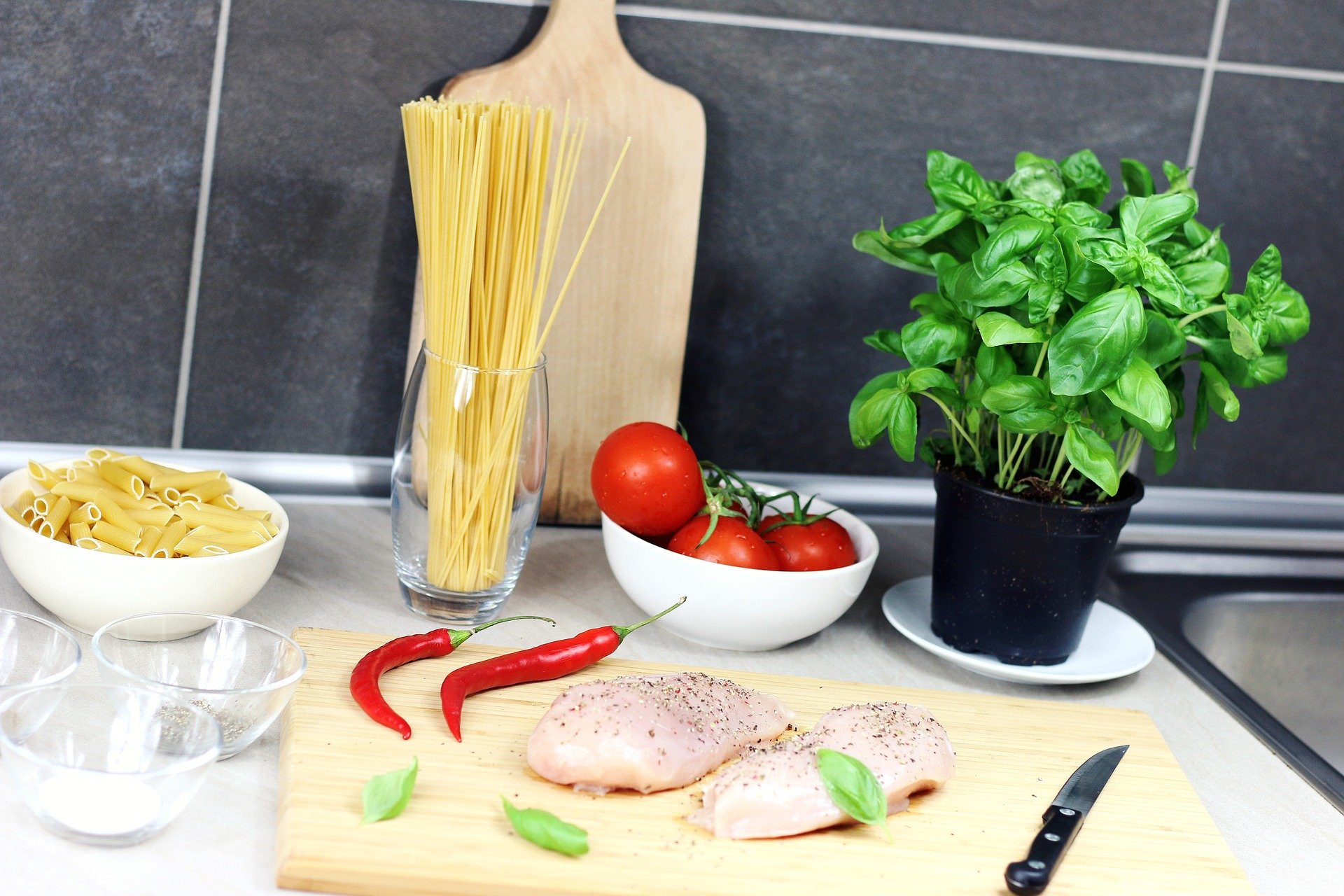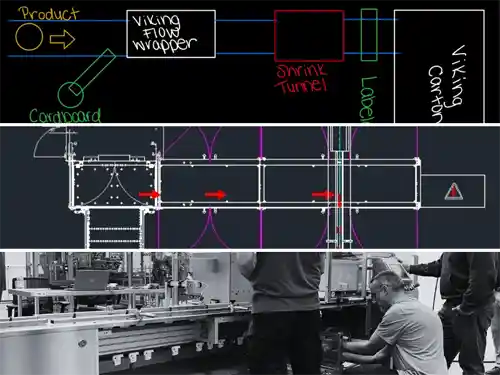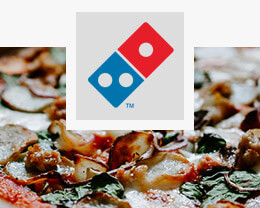What do Rigatoni, Your Search History, and Flexible Packaging Have in Common?
 Google's 2016 Food Trends report details the most searched terms in food, using actual search data. As we read this report, one upward trending search term stood out among the rest: Rigatoni. This specific pasta type is trending in searches across major US cities, including San Francisco, Chicago, and Miami. Why is this such a big deal in the flexible packaging industry? It all has to do with specialty pasta packaging.
Google's 2016 Food Trends report details the most searched terms in food, using actual search data. As we read this report, one upward trending search term stood out among the rest: Rigatoni. This specific pasta type is trending in searches across major US cities, including San Francisco, Chicago, and Miami. Why is this such a big deal in the flexible packaging industry? It all has to do with specialty pasta packaging.
The Fall (and Rise?) of Pasta
Euromonitor reports that sales of dried pasta fell by 6% in North America over their 2009-2014 review period. Two main factors influenced this decline: The rising popularity of low carbohydrate, paleo, and ketogenic diets; and the rise in consumers avoiding foods containing gluten. However, rigatoni is leading a carbohydrate uprising as of late. According to Google's Food Trends Report:
" After four years of slow growth, search interest in rigatoni started to rise again in 2015. Since then, the pasta dish has continued to see sustained growth of +26% year over year from January 2015 to January 2016.
Google categorized the 'rigatoni' search term as a sustained riser, meaning it has seen steady growth over the past years, and this trend is a safe bet when predicting future consumer behavior. While this doesn't necessarily mean that pasta is staging an overall comeback, it is very telling that a pasta term has seen so much growth in consumer interest in 2016.
Changes in Pasta Packaging Formats
Dry, uncooked pasta has long been packaged in cardboard boxes, and much of the market still chooses this pasta packaging format, mainly for its structured and protective packaging. However, a growing portion of the market focused on specialty, gourmet, and pre-cooked pasta is choosing a different option: Flexible Packaging. This package format has the advantage of being lightweight and can also be resealed, locking in freshness to ensure a long shelf life. Not to mention flexible packaging requires fewer resources to produce and transport, ending in a win-win for both the environment and companies' bottom lines.
Gourmet products, even if mass-produced, often choose to market themselves as the opposite. Today's consumers, especially those of the Millennial generation, are drawn aesthetically to products that look and feel like they were created by hand in small batches in grandma's kitchen. Today's specialty pasta products are often packaged in gusseted bags, stand-up Doypack pouches, or pillow bags, and can be adorned with easy-open options, special closures, or resealable options like zippers.
 The meal kit home delivery model has also influenced pasta packaging. Ready to assemble, perfectly measured and portioned ingredients can now be delivered to your door for you to combine and cook. Both dry and pre-cooked pasta can be part of these meal kits, and these ingredients are more often than not packaged in pillow type flexible packages with easy-open tear notches for consumer convenience. Sustainable packaging and waste reduction are paramount to meal kit companies, making flexible packaging machinery and materials the perfect solution.
The meal kit home delivery model has also influenced pasta packaging. Ready to assemble, perfectly measured and portioned ingredients can now be delivered to your door for you to combine and cook. Both dry and pre-cooked pasta can be part of these meal kits, and these ingredients are more often than not packaged in pillow type flexible packages with easy-open tear notches for consumer convenience. Sustainable packaging and waste reduction are paramount to meal kit companies, making flexible packaging machinery and materials the perfect solution.
Food Packaging Machinery for Pasta
When packaging dry and sometimes dusty solids like pasta, special care must be taken to ensure airborne particulates are contained and don't cause maintenance issues with food packaging machinery. A flexible pasta packaging machine with an enclosed jaw drive ensures that important machine components will not be affected by particulates.
Precooked pasta is moist and often sticks together, necessitating a different pasta packaging approach, especially when it comes to the product filler. The specific attributes of the cooked pasta product must be clarified to select the appropriate product filler, often a multi-head scale. Precooked pasta is not free flowing like its dry counterpart and can necessitate vibratory infeeds, textured surfaces, and a higher machinery IP Rating to reliably and repeatedly process the product. Ascertaining piece weight, size, and texture properties are vital to the success of a pre-cooked pasta packaging project.
Whether you are a carb-lover or not, it's clear that specialty pasta is gaining in popularity, especially in the gourmet and specialty food markets. Next time you visit the grocery store, take a look for yourself. The convenient packaging options available in the pasta market today are many.
The remaining question is: Will your next meal contain Rigatoni?




